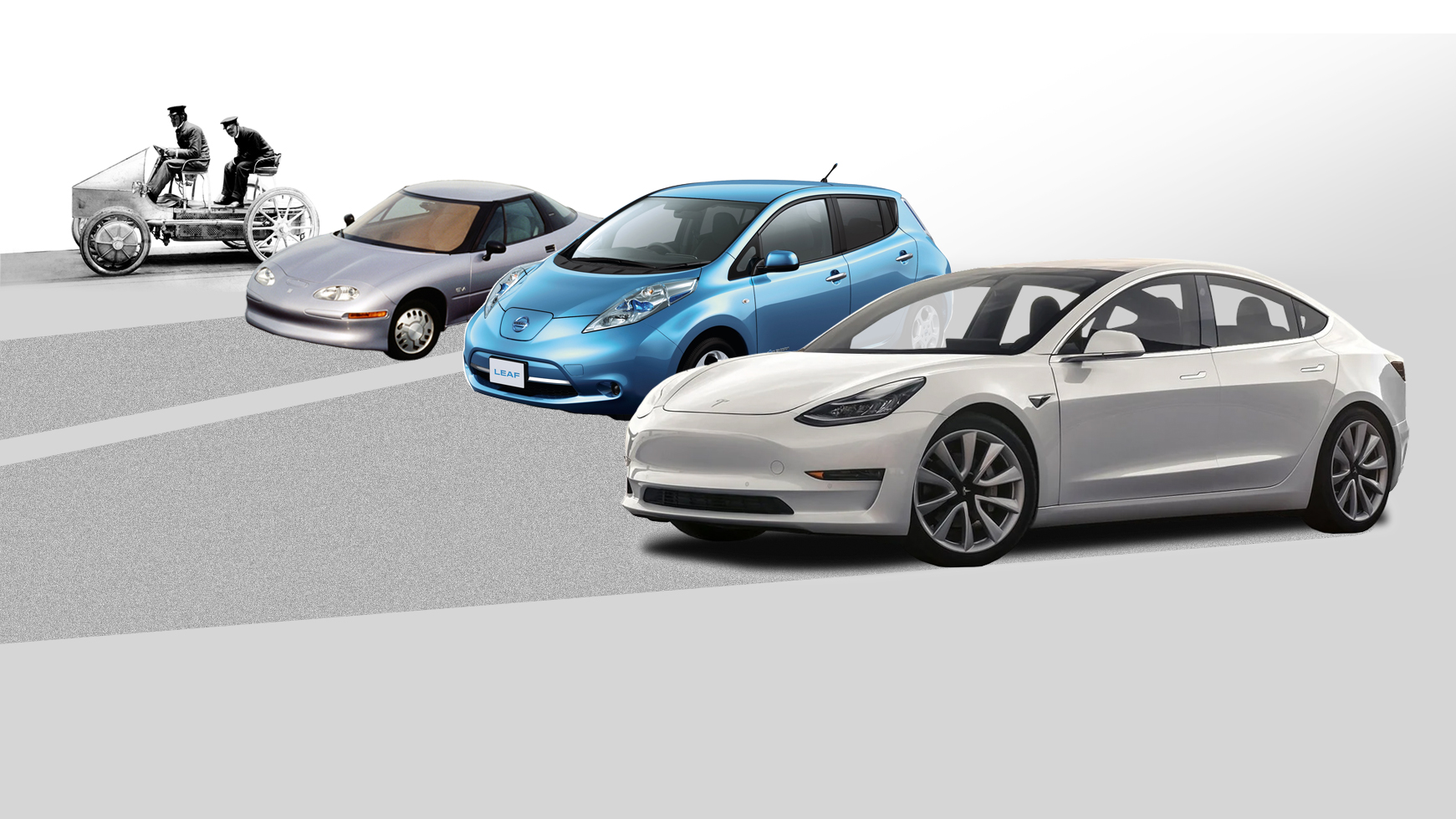
Electric vehicles might just be entering the mainstream now, but the technology has been around for centuries.
Battery-powered EVs are poised to be the main transportation powertrain in the next decade or so, yet it took some failed attempts that were downplayed by regulators, automakers, oil giants, lobbyists, and governments.
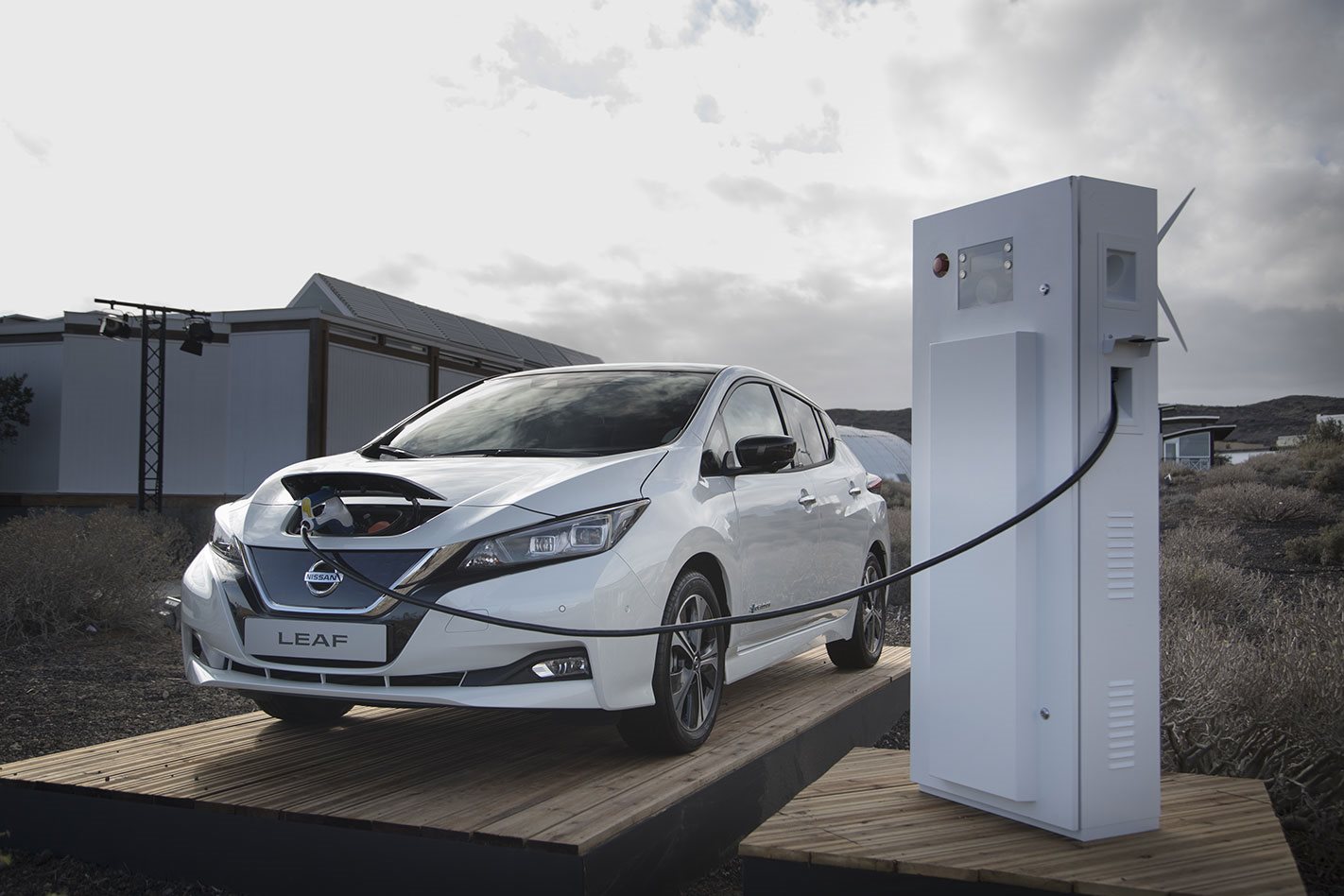
When EVs were popular
In the early 1800s, a few forward-thinking European and American entrepreneurs invented an electric motor, using non-rechargeable batteries, to power a car or ‘horseless carriage.
By the turn of the 20th century, EVs had started gaining traction with buyers, thanks to their ease-of-use, no smelly pollutants, and quiet driving compared to steam- or gasoline-powered cars. These qualities made early EVs especially favoured among women.
Incredibly, between 1900 to 1912, EVs accounted for one-third of vehicles on US roads, according to the US Department of Energy.
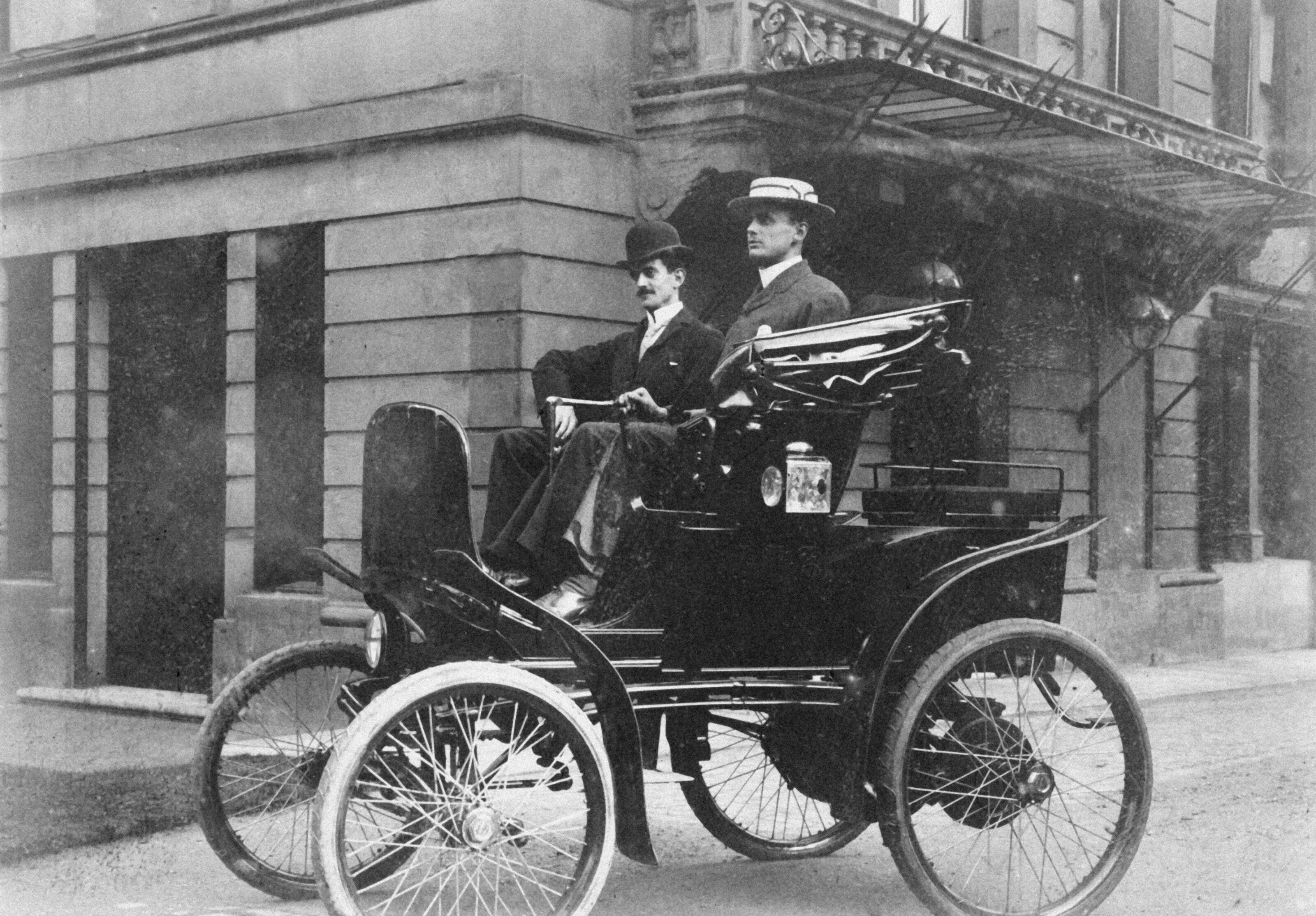
Inventors such as Thomas Edison – who created the incandescent light bulb and motion picture camera – vowed to improve battery technology, and the founder of ultra-luxury car brand Rolls-Royce, Charles Rolls, even declared EVs the future of motoring.
However, by 1935, EVs eventually gave way to internal combustion engine (ICE) vehicles in the US, due to the increasing availability of cheaper crude oil and the advent of the electric starter (instead of hand-cranking).
Mass production, kickstarted by the Ford Model T, also ensured significantly better affordability and availability of new ICE cars.
They could also be refilled anywhere with a container of fuel, instead of relying on the electricity infrastructure that only existed in city centres.
Almost overnight, EVs fell out of favour.
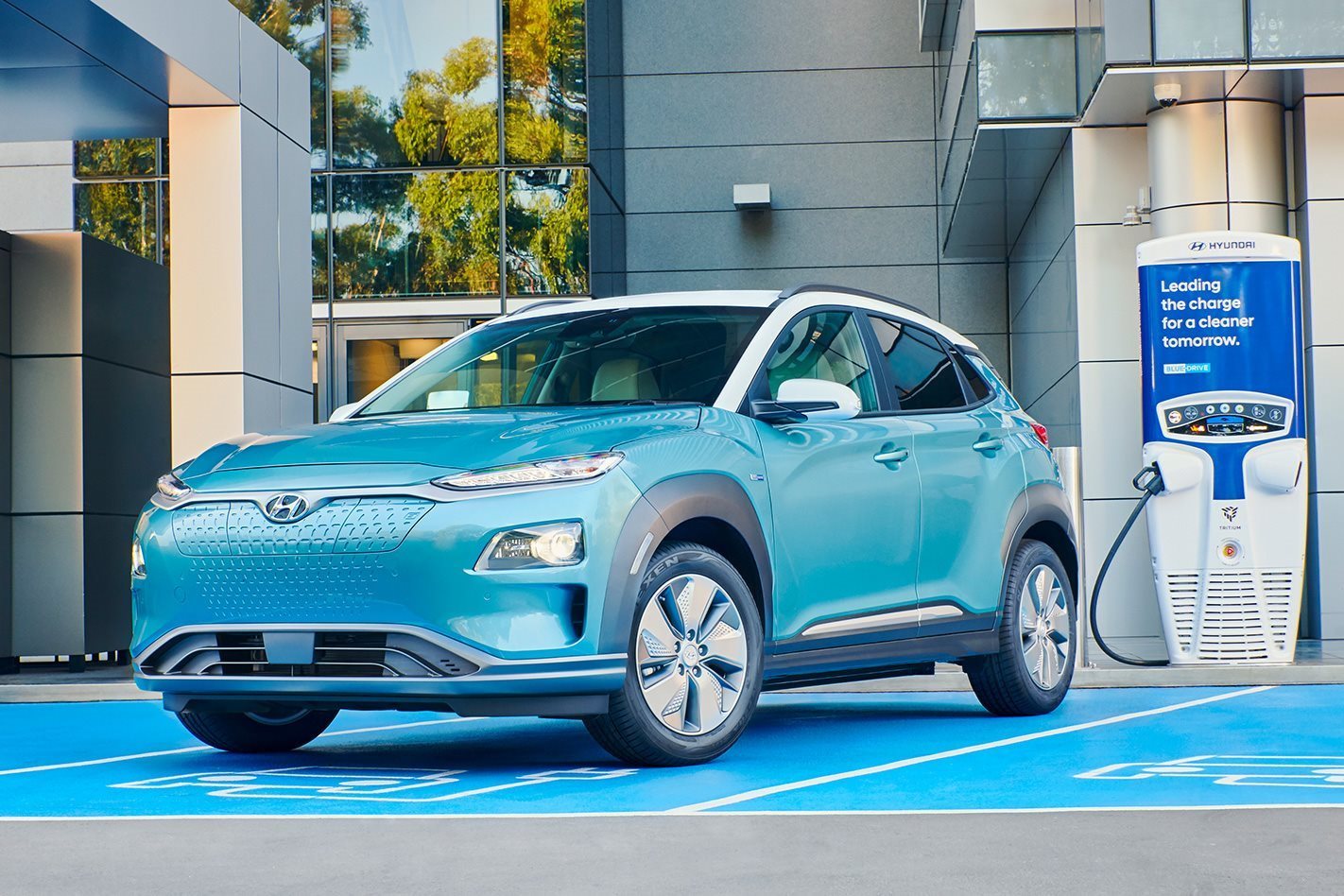
How California encouraged, and then killed EVs
Interest in EVs was renewed in the late 20th century as gas prices soared – no surprises there – but the turning point came after General Motors (GM) won the Darwin to Adelaide World Solar Challenge race using its Sunraycer EV, and subsequently started developing the GM Impact prototype EV (eventually called the EV1) for the masses.
In 1990, the California Air Resources Board (CARB) saw this as an opportunity to address the high levels of smog in the state, which was gaining attention for causing increased chronic respiratory diseases such as asthma, cancer, and adverse child lung development rates.
It mandated the zero-emissions vehicle legislation that forced automakers to sell a set number of EVs in order to still be able to operate in the state – which became more strict every few years.

This resulted in the two-door, production-ready GM EV1 (above), along with converted engine-to-electric models, including the Honda EV Plus, Ford Th!nk, Tesla-based Toyota RAV4 EV, Ford Ranger EV and Nissan Altra EV. Most had lead-acid batteries at launch and then were offered with improved nickel-metal hydride (NiMH) packs – all before lithium-ion batteries revolutionised what could be achieved with an EV.
They were supported by a growing public charging infrastructure – even though plugging in at home and work was still preferred, and seen as more convenient due to the limited range.
However, carmakers were still reluctant and negotiated with regulators to include flexibility in the mandate, which was successful. Subsequently, CARB only required companies to build EVs in accordance to market demand – instead of meeting set sales targets.
GM leased 800 EV1s between 1996 to 2000, but the rollout was paradoxical – with claims that a confirmed 4000-people waiting list shrunk to just 50 after GM told would-be drivers of EV limitations. A difficult application process, and a general lack of consumer awareness, only further reduced interest in the market.
By April 2003, California regulators axed the EV mandate in response to intense pressure (and lawsuits) from carmakers, oil company lobbyists, and the federal government – which were all powerful and close allies to each other. Those groups all touted hydrogen fuel-cell electric vehicles (FCEVs) as having a more promising future, while hybrids and plug-in hybrids appeased all stakeholders as stopgaps.
Controversially, all leased EVs were gradually confiscated by each automaker – crushed allegedly without recycling any components – and American car companies focused on selling fuel-guzzling models such as the Hummer, Ford Explorer and Chevrolet Suburban, among others.
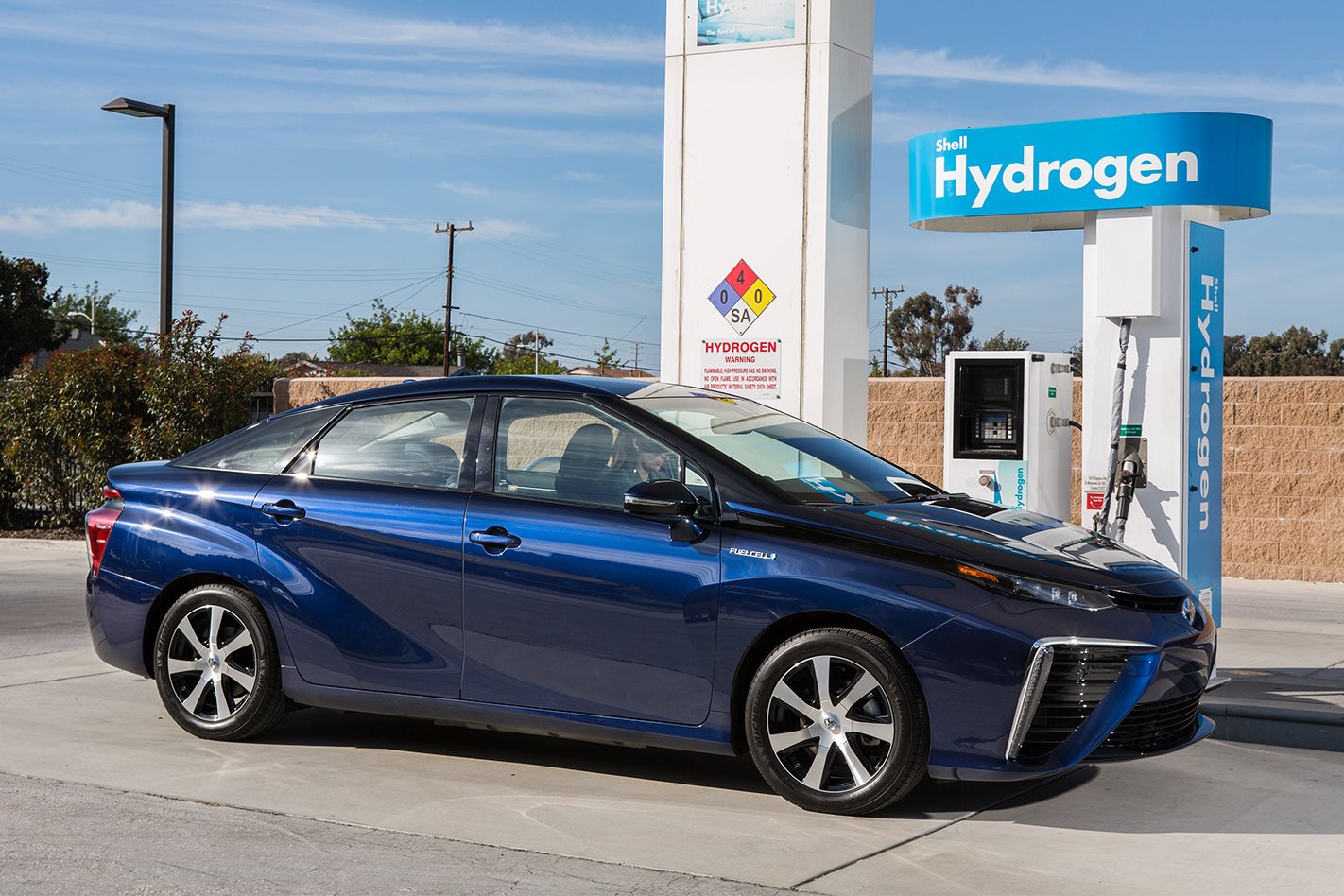
The state of EVs today
What happened in California two decades ago draws startling parallels with EVs today.
Looming strict Euro 7 emissions mandates in 2025 and the ban of selling new internal combustion models from 2035 overseas (including the Australian Capital Territory) are forcing car companies to invest hundreds of billions of dollars in full zero-emission vehicles as soon as possible.
However, Germany – which is powered by a strong automotive industry – successfully pushed the European Union (EU) to explicitly exempt combustion engines run on synthetic fuels for the 2035 ban, despite regulators not mandating any type of technology to achieve emissions-reduction targets.
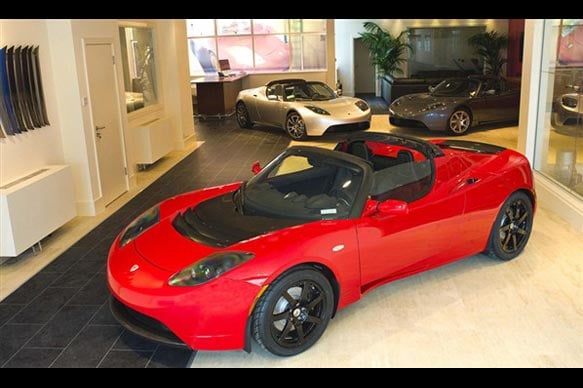
Tesla was one of the first to restart the EV revolution, with founders Martin Eberhard and Marc Tarpenning selling the first-generation Roadster (a converted Lotus Elise) in 2008
In 2012, Tesla started selling its first bespoke EV, the Model S large liftback, complete with a large touchscreen, over-the-air software updates, and fledgeling Supercharging network – a private infrastructure investment unheard of at the time.
Despite early success from the Nissan Leaf, arguably the true catalyst for today’s relative boom in EV sales was the Model 3 sedan in 2017, which combined a sleek and family-sized design with a luxurious interior (if initially stricken by quality issues) and long-range electric driving with a sub-$100,000 price tag.
Today, the frequently updated Model 3 and Model Y twins dominate electric car sales globally, but emerging competition is fierce from rapidly growing Chinese brands such as Build Your Dreams (BYD), Great Wall Motors (GWM), SAIC Motor, and Geely – especially in the entry-level ‘affordable’ EV arena – alongside compelling options from the Hyundai Motor Group, Volkswagen Group, and BMW Group.
The same consumer scepticism still applies, including concerns around driving range and charging infrastructure, and some governments continue to spruik hydrogen tech (which might still have a place) – but it seems battery EVs are here to stay in the long-run.
⚡ More EV stories to help you choose the best car for your needs
We recommend
-
 News
NewsHyundai Australia begins directly selling second-hand Ioniq 5 EVs
Hyundai Australia has started directly selling used Ioniq 5s in a bid to address new car supply constraints and claims to have “no excessive markups”
-
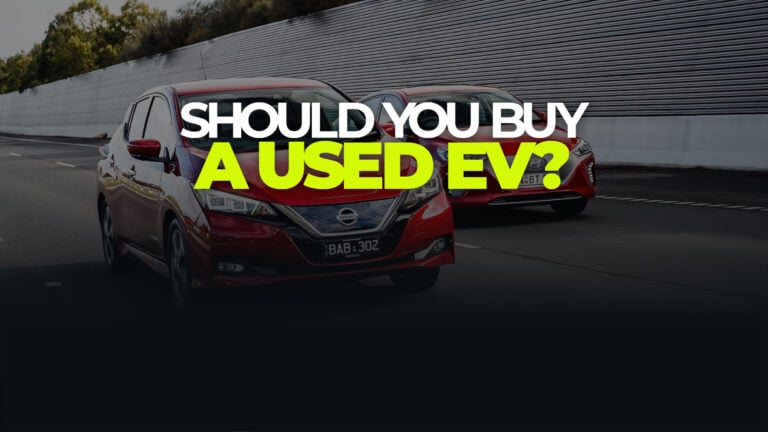 Advice
AdviceShould you buy a used EV? Depreciation & checklist guide
Want to buy a cheaper electric car? A used example might be the answer, but there are a few things to consider first
-
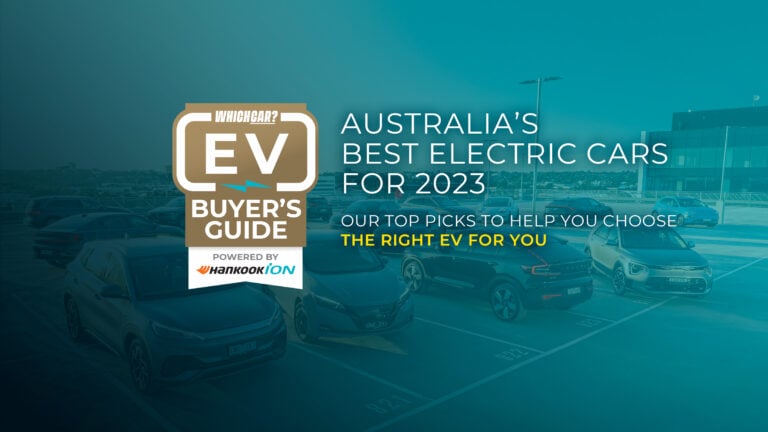 Advice
AdviceAustralia's best electric cars for 2023
We’ve tested nearly every EV below six figures in Australia to rank the best on sale today




